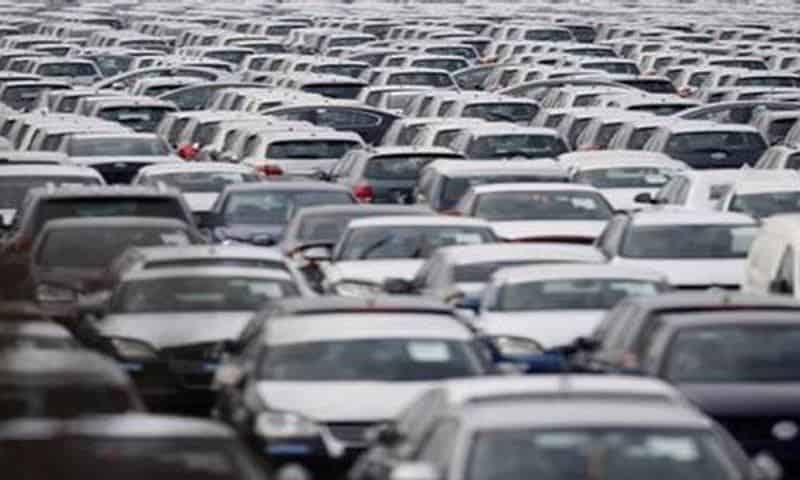LAHORE (Staff Report) – In Pakistan, auto sales in 2015 are expected to hit 165,000 units, nearly reaching the amount sold in 2012, it has been revealed by a Carmudi’s report on the Booming Automotive Industry in emerging markets.
The report examines the current and future state of the automotive industry in the emerging world.
According to the Pakistan Automotive Manufacturer’s Association, local auto sales, including light commercial vehicles, grew by 72 percent compared to the same month last year.
This March, car sales are the highest-ever posted by the industry in Pakistan in a single month. If they continue to grow at this rate, cumulative sales will reach a six-year high.
One reason for the boom is the reduction in interest rates over the course of the year. That said, car financing still stands at less than 35 percent of the total car sales in Pakistan.
BOOMING ECONOMY
According to Bloomberg, Pakistan’s economy is steadily improving, and its credit rating outlook was raised to Positive, from Stable, by Moody’s Investors Service.
Growth is at a seven-year high, attributable to lower oil prices, higher remittances and more consumer spending. According to the Pakistan government’s Economic Survey, the country experienced 4.14pc growth in the FY 2013-14, the best since since 2008-09, enabling more consumers to purchase cars.
As the leading online car classifieds operating in twenty emerging countries, the report provides a detailed look into the global state of automotive sales and how car purchasing behaviours have changed due to the drastic increase of internet and mobile penetration, rising GDP, and the emergence of a middle class.
The findings in this report are the result of quantitative surveys conducted online with both car buyers and car dealers across Asia, Africa, Middle East and Latin America, and in-depth interviews with industry influencers across the world.
INTERNET’S ROLE IN CAR SALES
In more developed markets, auto E-Commerce has grown at such a staggering rate that now as many as 80% of new car and almost 100% of used car customers begin their car shopping experience online.
There is no reason to doubt that emerging markets will rapidly catch up to these figures. Evidence of this phenomenon can be seen when looking at automotive Google Search Queries (provided by Google). The Year over Year search growth is astonishing, particularly in Africa.
A 2013 McKinsey report on Automotive Retail Innovation states that auto dealers are no longer the primary source of information, especially for consumers between 18 and 34. Up to 90% of consumers in this group use a mix of OEM and dealer sites, forums, blogs, and social media to gather information and compare prices and offers before making their final decision. Taking to the internet to research and purchase cars shows no signs of slowing down.
With internet and mobile penetration significantly growing in emerging markets, the rate of moving the car shopping experience online is beginning to mirror that of Western Markets. In the Philippines, one of the top five countries in internet and mobile penetration, almost 80% of car buyers use the internet to conduct research on a car before making a purchase.
The trend between GDP Per Capita and level of car ownership relies heavily on a country’s economic development. Countries with low GDP per capita are seen to have a similarly lower level of car ownership as only few people, even the wealthy ones, are able to afford a car. Countries with greater population density tend to continuously improve on the public transport system and infrastructure, leading to a lower need for private cars or other types of vehicles.
In other emerging markets, where the public transport system and infrastructure improvements are growing slowly, and safety standards are not being met, there is a greater incentive for people to opt for their own vehicles rather than rely on public transportation.
The IMF recently projected that the growth of GDP in emerging markets will be substantially higher than in developed economies, within the next five years.
According to the IMF, vehicle ownership accelerates quickly when countries reach an income level of about $2,500 per capita. This rapid growth continues until it reaches the cap, which is about $10,000 per capita. At that income, US per capita vehicle ownership levels hit about 800 per 1000 residents, while European and other OECD countries have around 650-800 vehicles per 1000 residents.
China and India, with GDP per capita figures about $7,500 and $3,300, are right in the middle of the rapid motorisation phase with vehicle ownership in both countries growing at an explosive rate.
The above chart offers a look at the correlation of GDP and motorization rates in our Asia and Africa markets.














